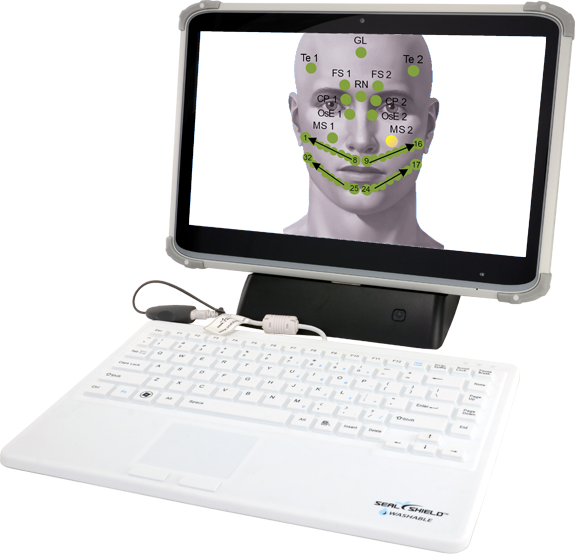LOCATION
1745 Woodstock Road
Roswell, GA 30075
CONTACT
P 770-642-4646
F 770-642-4771

Anyone over 25 years of age should be tested annually. There is an ever-increasing incidence of asthma, ADD, dermatitis, cancer, chronic fatigue and fibromyalgia. We all know that prevention is best, but how do you prevent what you don’t know is about to happen? Prevention of serious illness is made more realistic via periodic testing and subsequent treatment. The Thermography offers reproducible and scientifically valid information that can be crucial to the development and tracking of a successful treatment strategy.
Breasts, Teeth, Stomach, Liver, Kidneys, Circulation, Gallbladder, Spine, Thyroid, Pancreas, Sinuses, Brain, Sm. Intestine, Tonsils, Lymph, Prostate, Uterus, Ovaries, Colon, Bronchi, and Heart.
Thermography is an FDA approved non- invasive method of evaluating your body’s organ systems. Testing is performed by measuring body temperature at many different points on the skin which correspond to specific internal organs and tissues. By measuring the temperature of many different points on the skin before and after a cold stimulus, we can monitor changes in circulation. The actual temperature, as well as how it changes in response to the cold stimulus, provides information about how well the organs and tissues are functioning and how they deal with physiological stress. Thermography can display the beginnings of disease in focal areas that other diagnostic methods may miss.
How well the body maintains an optimum skin temperature is determined by the integrity or health of the organ or tissue directly under the point being measured. Blood vessels in a healthy body will constrict when exposed to cold temperatures. This reaction diverts blood away from the skin and organs causing a cooling effect. When the organ underlying the point being tested is not functioning properly, your skin temperature will show the type of dysfunction by the difference in the first and second temperature readings.
A professional technician will perform the test. You will be asked to sit in a cool room, about 68 degrees. The first measurements of the head, neck, chest and lower abdomen will be taken. This is performed by a gentle touch of the probe to the skin. You will then be asked to remove your clothes, except for your underwear, thereby subjecting your body to the controlled “stress”. You will sit exposed to the air for ten minutes. After this time the measurements are repeated and the test is concluded.
Learn more about the following services: